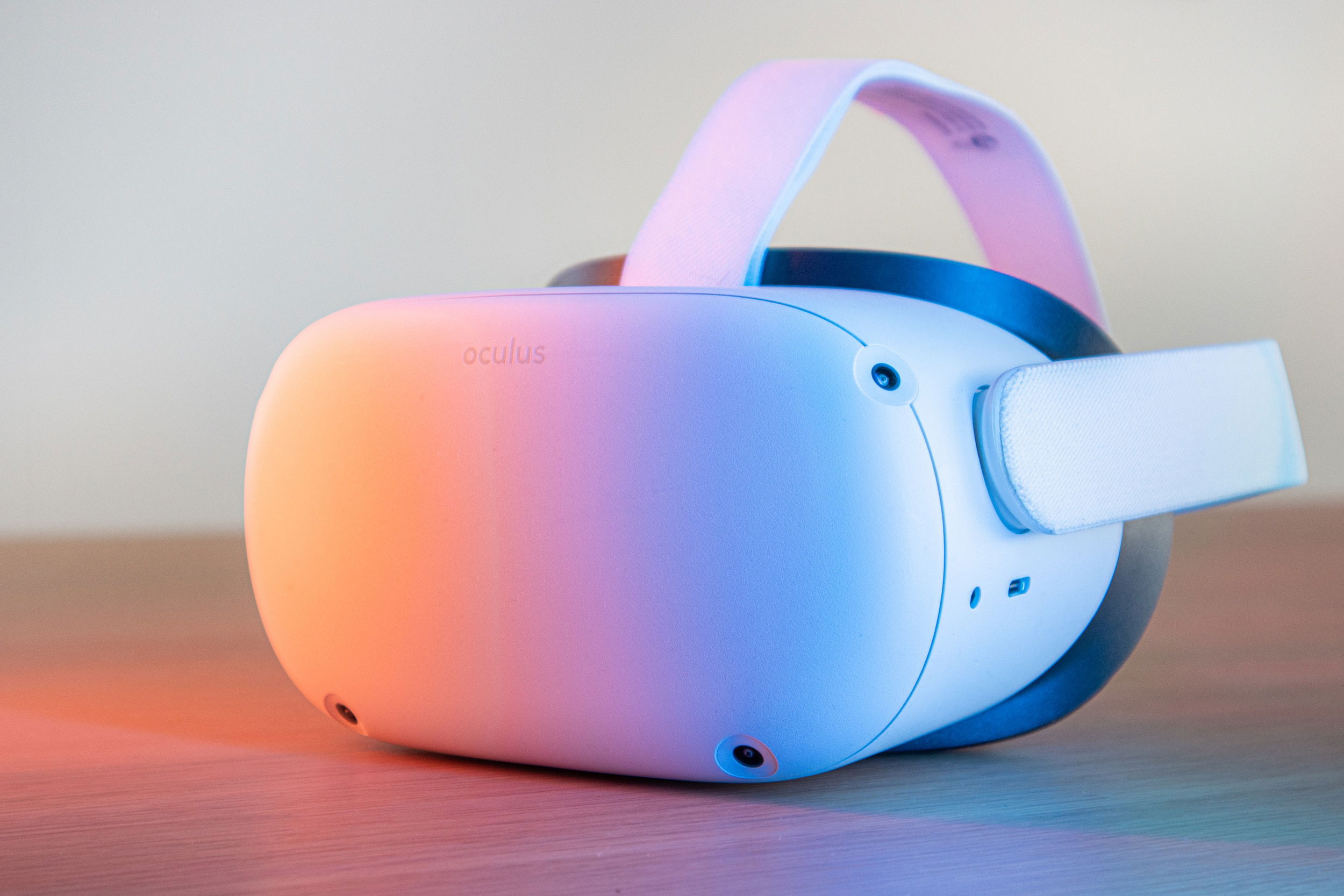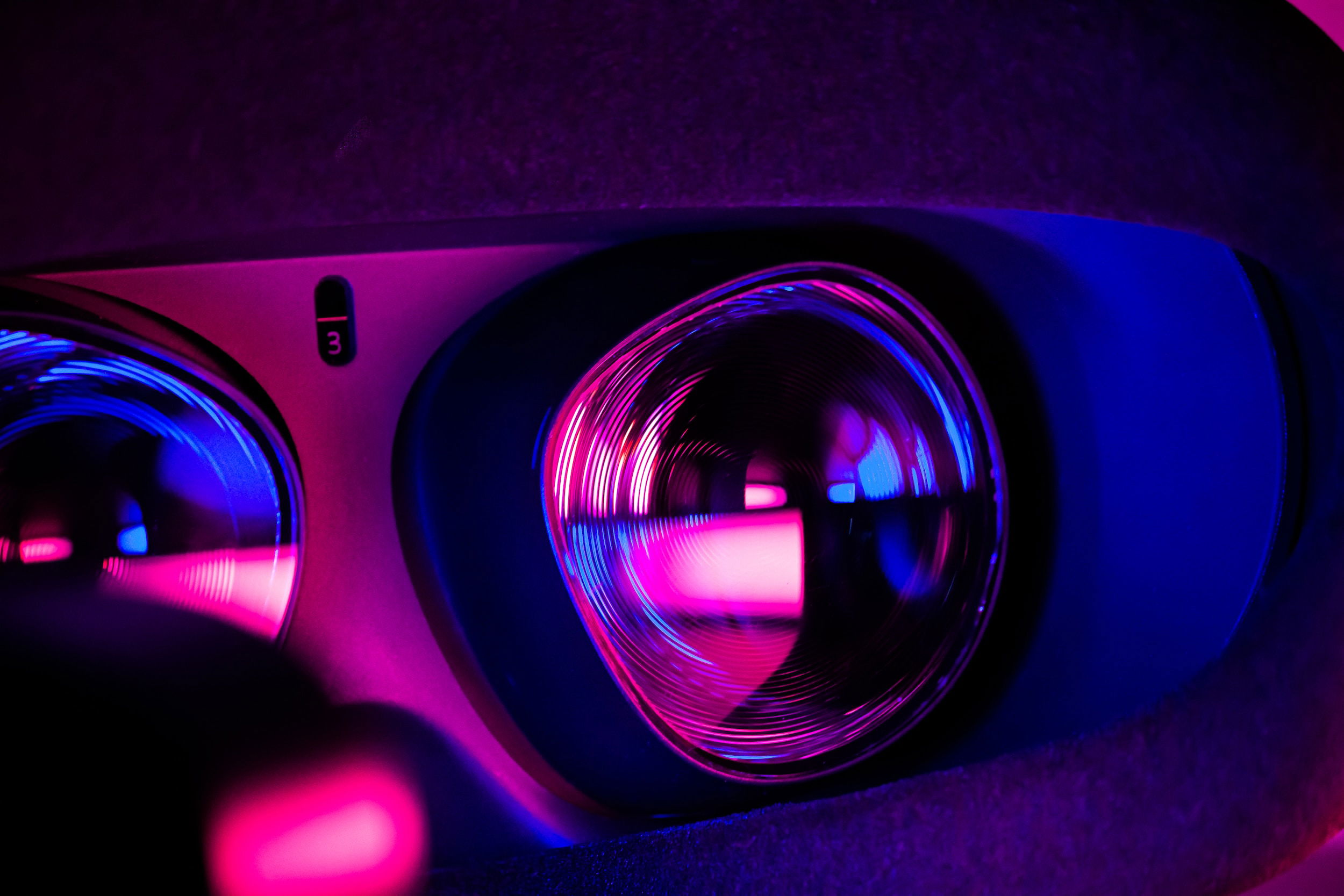Virtual Reality and Augmented Reality: Transforming Industries and Experiences
Virtual Reality (VR) and Augmented Reality (AR) are not just buzzwords or trends; they represent revolutionary technologies with the power to reshape the way we interact with our world and digital environments. From gaming and entertainment to healthcare and education, VR and AR are transforming industries and enhancing our daily experiences. In this article, we will explore the concepts of Virtual Reality and Augmented Reality, their differences, and their wide-ranging applications across various sectors.

Understanding Virtual Reality and Augmented Reality
Virtual Reality (VR) and Augmented Reality (AR) are two distinct but related technologies that alter our perception of the world:
Virtual Reality (VR)
VR creates a completely immersive digital environment that users can interact with through specialized headsets or devices. This immersive experience often involves the use of 3D visuals, surround sound, and motion tracking to transport users to a computer-generated world where they can move, interact, and manipulate objects. VR technology fully replaces the user's real-world surroundings with a computer-generated environment.
Augmented Reality (AR)
AR, on the other hand, overlays digital information and virtual objects onto the real world. It enhances the user's perception of reality by adding computer-generated elements, such as images, videos, or data, to their view of the physical world. AR is typically experienced through smartphones, tablets, smart glasses, or heads-up displays (HUDs).
Applications of Virtual Reality
1. Gaming and Entertainment
Gaming has been at the forefront of VR adoption. VR gaming immerses players in captivating virtual worlds where they can physically interact with the environment and characters. Beyond gaming, VR is also used for immersive storytelling, 360-degree videos, and virtual concerts.
2. Healthcare
VR is transforming healthcare through applications like medical training simulations, therapy for post-traumatic stress disorder (PTSD) and phobias, and pain management during medical procedures.
3. Education
VR is revolutionizing education by providing immersive learning experiences. Students can explore historical sites, travel through space, or dissect virtual organisms, enhancing understanding and retention of complex subjects.
4. Architecture and Design
Architects and designers use VR to create virtual walkthroughs of buildings and interior spaces, allowing clients to visualize and provide feedback before construction begins.
5. Aviation and Military Training
VR is used for flight simulation and military training, providing a safe and cost-effective way to train pilots and soldiers in various scenarios.
Applications of Augmented Reality
1. Navigation and Wayfinding
AR navigation apps provide real-time directions by overlaying digital information onto the physical world. Users can see arrows, street names, and points of interest directly on their smartphone screens.
2. Retail and Shopping
AR enhances the shopping experience by allowing customers to try on clothing virtually, visualize furniture in their homes, and access product information by scanning QR codes.
3. Healthcare
AR assists surgeons with real-time data during procedures, helping them visualize critical information without taking their eyes off the patient. It also aids in medical imaging and diagnostics.
4. Manufacturing and Maintenance
AR is used in industrial settings for assembly line guidance, equipment maintenance, and quality control, reducing errors and improving efficiency.
5. Education and Training
AR enhances learning by providing interactive content, such as educational apps that overlay information on textbooks or museum exhibits.
The Convergence of VR and AR
While VR and AR are distinct technologies, they are converging in what is often referred to as Mixed Reality (MR). MR combines elements of both VR and AR to create immersive experiences where digital and physical worlds coexist and interact seamlessly. This convergence has significant potential in industries such as architecture, engineering, and healthcare.
Challenges and Considerations
As VR and AR continue to evolve, they face several challenges and considerations:
1. Hardware Limitations
High-quality VR and AR experiences require powerful hardware, which can be costly. Improving accessibility and affordability is an ongoing challenge.
2. Content Development
Creating compelling VR and AR content requires specialized skills and resources. The development of high-quality content remains a hurdle.
3. Ethical and Privacy Concerns
AR raises privacy concerns, as it can gather real-world data about individuals and their surroundings. Striking a balance between innovation and privacy is essential.
4. Motion Sickness
Some users experience motion sickness or discomfort when using VR systems, limiting the duration of use.
5. Integration and Compatibility
Ensuring that VR and AR technologies are compatible with existing systems and infrastructure is a significant challenge for widespread adoption.

The Future of VR and AR
The future of VR and AR is promising, with continued advancements in technology and applications. As hardware becomes more accessible, content more immersive, and use cases more diverse, VR and AR are poised to transform industries and experiences in ways we can only begin to imagine. Whether it's revolutionizing healthcare, enhancing education, or creating entirely new forms of entertainment, VR and AR are shaping the digital landscape of the future.
In conclusion, Virtual Reality and Augmented Reality are not just technological novelties; they are transformative tools with the potential to revolutionize industries and elevate human experiences. As these technologies continue to evolve, the boundaries between the digital and physical worlds will blur, offering new possibilities and reshaping how we perceive and interact with our environment.